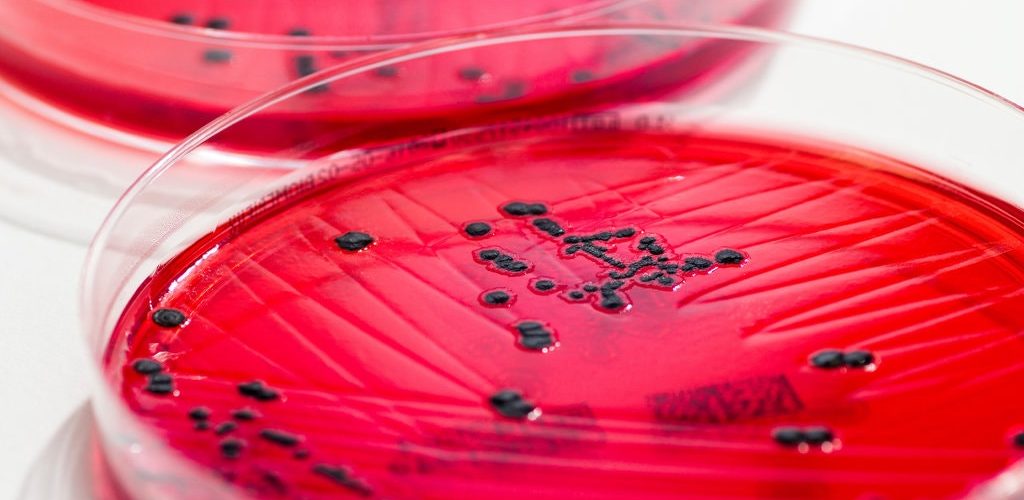For decades, scientists and doctors have treated common bacterial and viral infections with fairly blunt therapies. If you developed a sinus infection or a stomach bug, you would likely be given a broad-spectrum antibiotic that would clear out many different types of bacteria. Antiviral drugs help treat viral illnesses in much the same way, by hindering the pathogen’s ability to reproduce and spread in the body.
But microorganisms are quick to evolve, and many have developed defenses against the methods devised to kill them. An increasing number of bacteria are now resistant to one or more antibiotics. Each year roughly 700,000 people around the world die from such infections, and by 2050 the number could rise to 10 million, according to United Nations estimates. Viruses, too, quickly evolve new ways of disguising themselves from drugs, often by hiding inside host cells. Less than 100 antiviral drugs have successfully made it all the way to the clinic since the first was approved in 1963.
Desperate to find new medicines against pathogenic microorganisms, scientists are turning to Crispr, the gene-editing tool. Crispr has typically been considered for macroscopic tasks: altering mosquitoes so they can’t spread malaria, editing tomatoes so they are more flavorful and curing certain genetic diseases in humans. Now researchers are harnessing Crispr to turn a bacterium’s machinery against itself, or against viruses that infect human cells.
Read more at The New York Times










Add comment